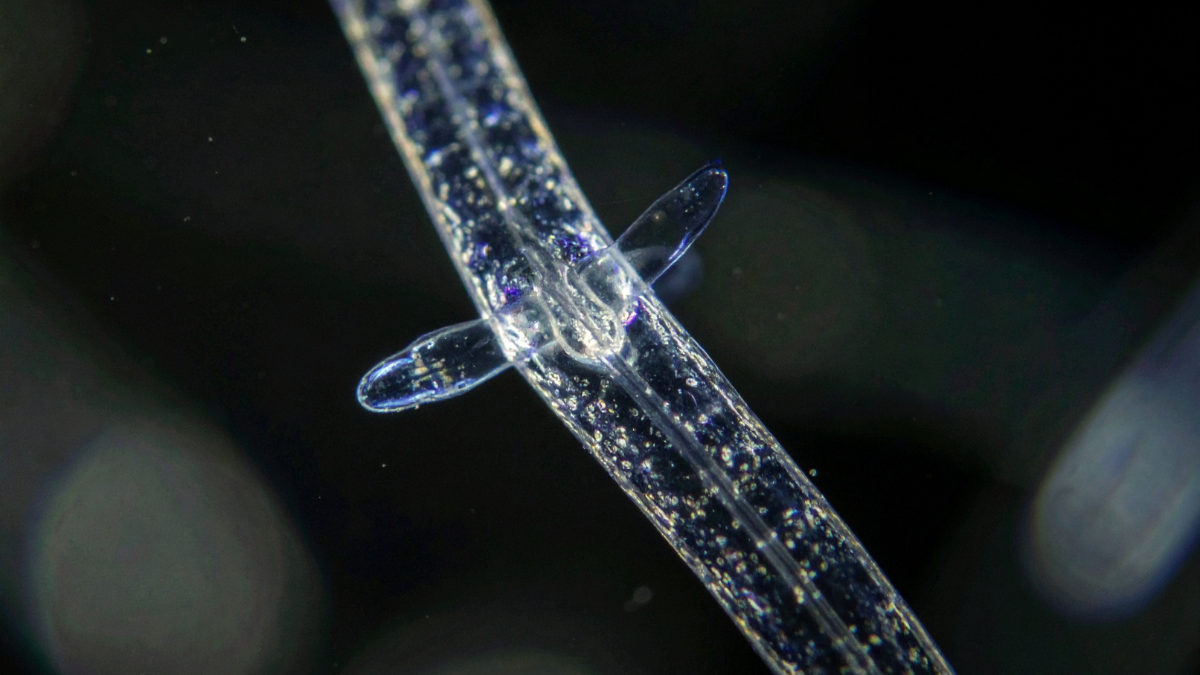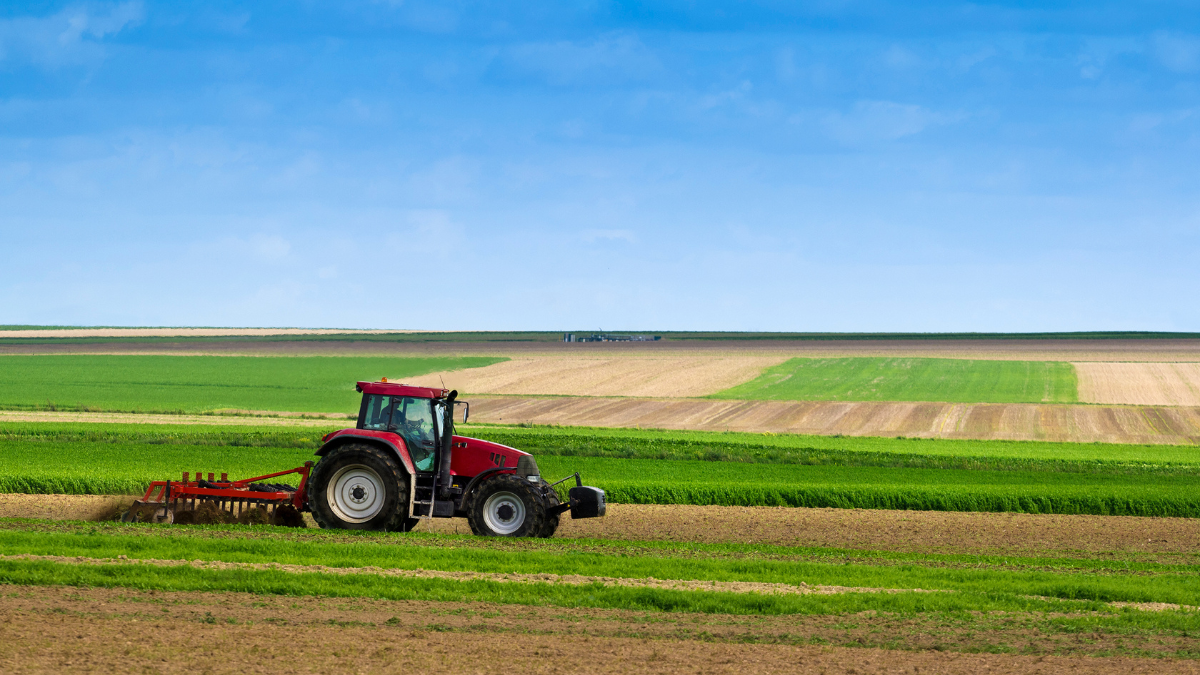The Seed dressing is an essential agricultural process that aims to improve the quality and performance of seeds prior to sowing.This practice was developed to optimise germination, disease resistance and the general characteristics of crop plants. Over the years, seed dressing has become a fundamental part of modern agricultural practices, helping to maximise crop yields and ensure food safety. In this article, we will explore what it means to tan seed, its objectives and the common methods used to perform this process.
Definition of seed treatment
Seed tanning is an agricultural practice that involves treating seeds with chemical or biological substances in order to improve their characteristics and performance. This process is aimed at protecting seeds during the critical period of germination and the early stages of plant growth. Seed dressing can positively influence several aspects, including disease resistance, tolerance to environmental stresses and adaptability to soil conditions.
Objectives of seed treatment
- Disease protection: One of the main objectives of seed treatment is to prevent fungal and bacterial diseases that could impair plant germination and development. The substances used in seed treatment can act as antifungal and antibacterial agents.
- Germination promotion: Seed treatment can improve the speed and efficiency of germination, allowing plants to emerge more quickly from the soil and begin their growth cycle.
- Increased environmental resistance: Certain substances used in seed treatment can give plants greater resistance to environmental stresses, such as drought or extreme temperatures.
- Improved plant quality: Seed treatment can affect the overall quality of the plant, helping to develop more robust plants with better agronomic characteristics.
Common seed treatment methods
- Chemical seed treatment: This is the most traditional method and involves the application of synthetic chemicals to the seed. These products may include fungicides, insecticides and other treatments to protect the seeds from harmful pathogens and insects.
- Organic Tanning: A more sustainable approach involves the use of living organisms, such as beneficial bacteria or antagonistic fungi, to protect seeds. This method aims to reduce the use of synthetic chemicals and promote a more balanced environment.
- Physical tanning: In this case, seeds are mechanically or thermally treated to improve their resistance and germination capacity. This method is less common than chemical and biological tanning.
Seed Tanning Process
- Seed selection: It starts with the selection of high quality seeds, which will undergo the tanning process. The initial quality of the seeds is crucial to ensure optimal results.
- Application of the tanning: The seeds are then treated with the chosen substance, which can be a chemical solution, biological mixture or physical treatment. This can be done by dipping, spraying or other application methods.
- Drying and storage: After treatment, the seeds are dried to remove excess moisture and then stored appropriately before sowing.
Our products, a sustainable solution
Among our many products, two that must surely be mentioned for cereal tanning are Actiseed and Active seedcoat. Actiseed is a concentrated liquid product specially formulated for seed treatment. The product contains a mix of growth-promoting microorganisms that are useful for crop development and protection.
Actiseed promotes crop growth by making the plant less susceptible to biotic and abiotic stresses. The special formulation facilitates seed germination by strengthening the root system of young seedlings.
Active seedcoat
Alternatively, the formulation is also available in powder form for use in the hopper at the time of sowing. The powder, rich in mycorrhizal fungi and beneficial bacteria, binds to the seed by electrostatic action. This practice, although less efficient than liquid seed treatment, is much more practical and faster and allows farmers to obtain the benefits mentioned above.
Seed treatment has become a crucial agricultural practice to ensure sustainable and high quality food production. The judicious use of this process can improve crop resistance to diseases, adverse environmental conditions and promote rapid and efficient germination. It is critical, therefore, that farmers adopt best practices in treatment selection and the seed treatment process to maximise benefits without compromising human or environmental health.
Read also:




